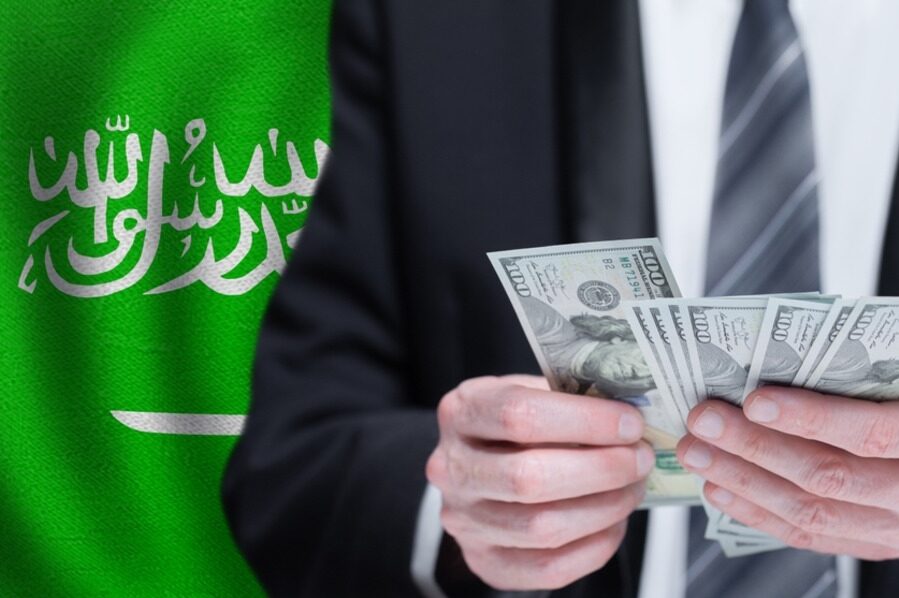Saudi Arabia’s net foreign assets dropped to 1.538 trillion riyals ($410 billion) in April, the lowest level since January 2010, despite the government’s projection of a second annual budget surplus, according to the Saudi Central Bank (SAMA).
The Central Bank‘s monthly report revealed foreign reserves declined from 1.572 trillion riyals in the previous month, marking the fifth consecutive month of decline, the longest falling streak since early 2019.
The Kingdom recently sold $6 billion of Islamic bonds and had a budget deficit of 2.91 billion riyals in Q1 2023.
Read more: Foreign reserves in Saudi reach highest level since 2020
The International Monetary Fund (IMF) disagrees with the government’s expectation of a second consecutive surplus and forecasts a budget deficit of 1.1% of gross domestic product (GDP) this year. The IMF also raised its estimate of the oil price needed by Saudi Arabia to balance its budget to over $80 a barrel, while the Kingdom does not reveal its oil price assumption in its budget.
According to government data released by Reuters on May 25, Saudi’s exports fell by 25.3% in March, while its imports of goods increased by 9.8% (5.5 billion riyals) in the same month. The value of Saudi’s oil exports also declined by 26.5% year-on-year in March.
Government data released on May 15th showed that the annual inflation rate in Saudi remained unchanged at 2.7% in April compared to the previous month. This is attributed to the increased prices of housing and water, according to Reuters.
Click here for more news on banking & finance.








